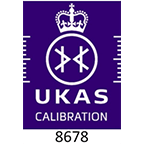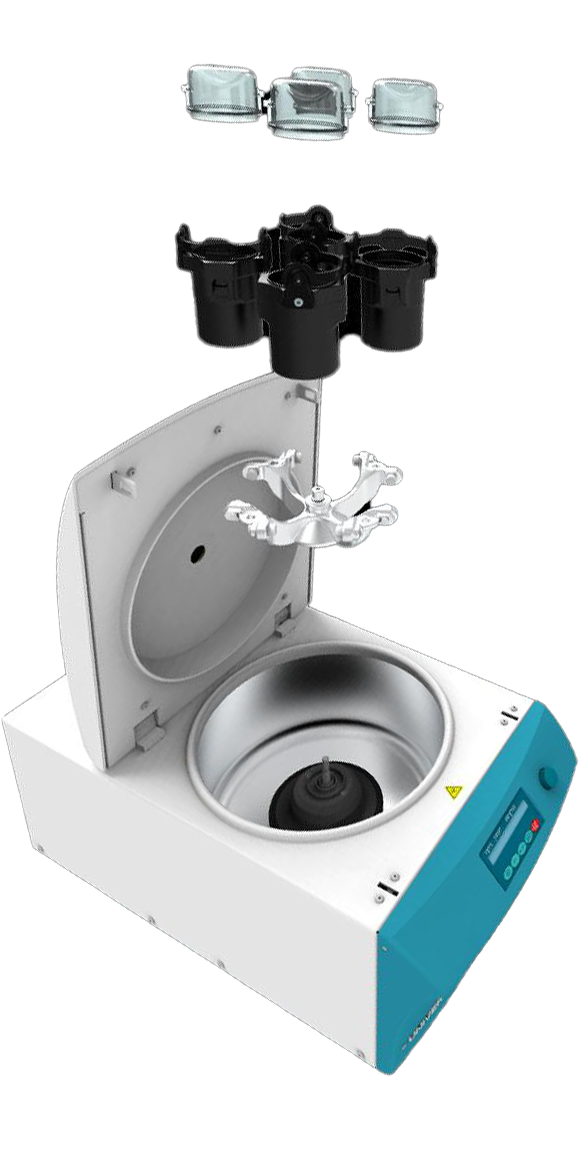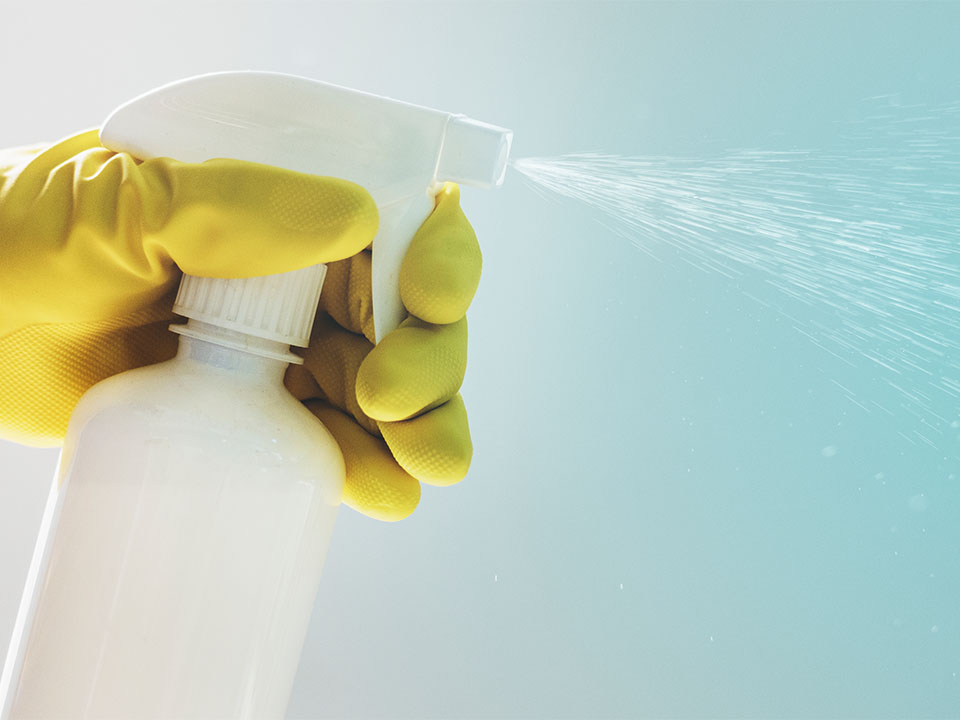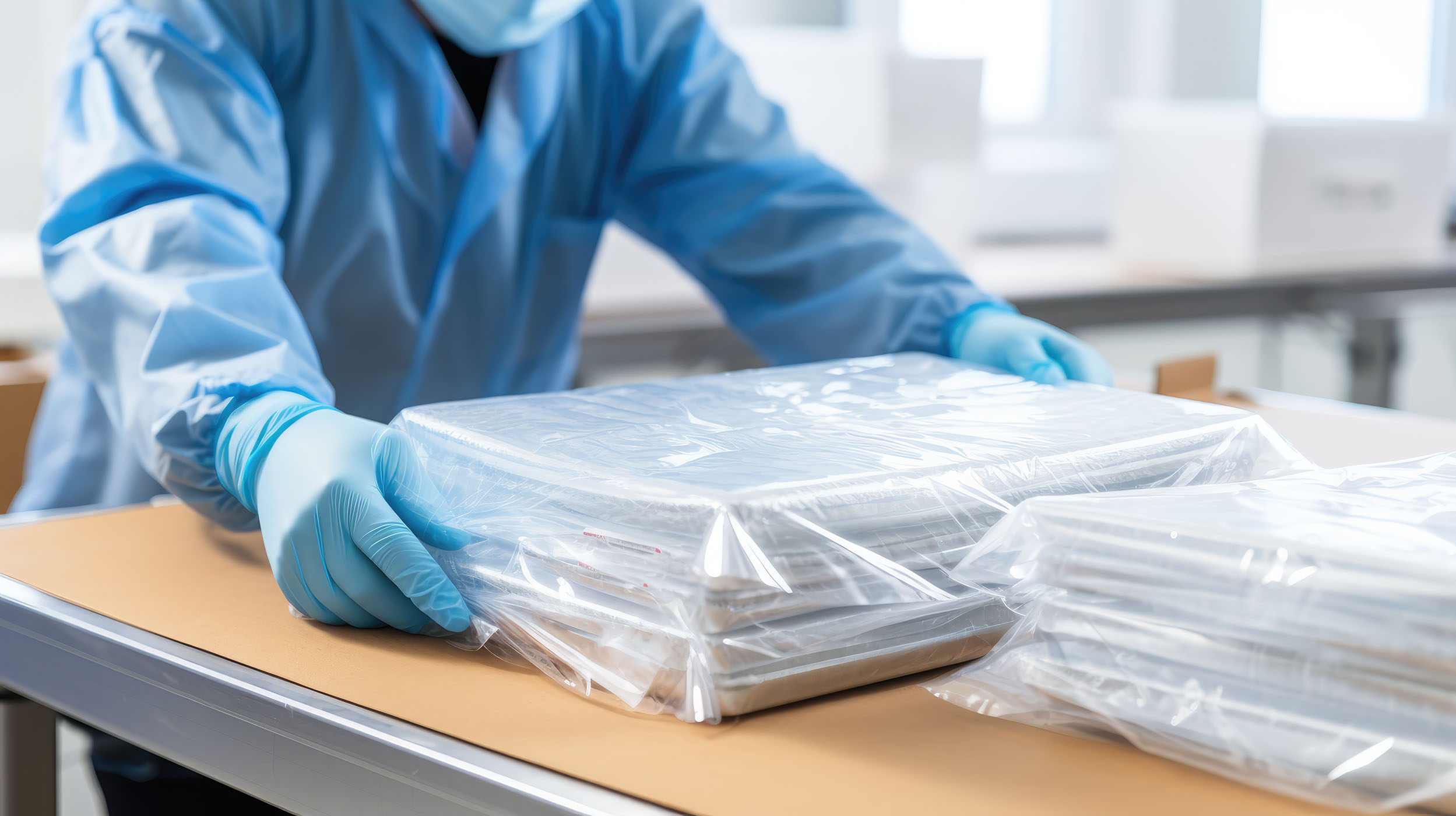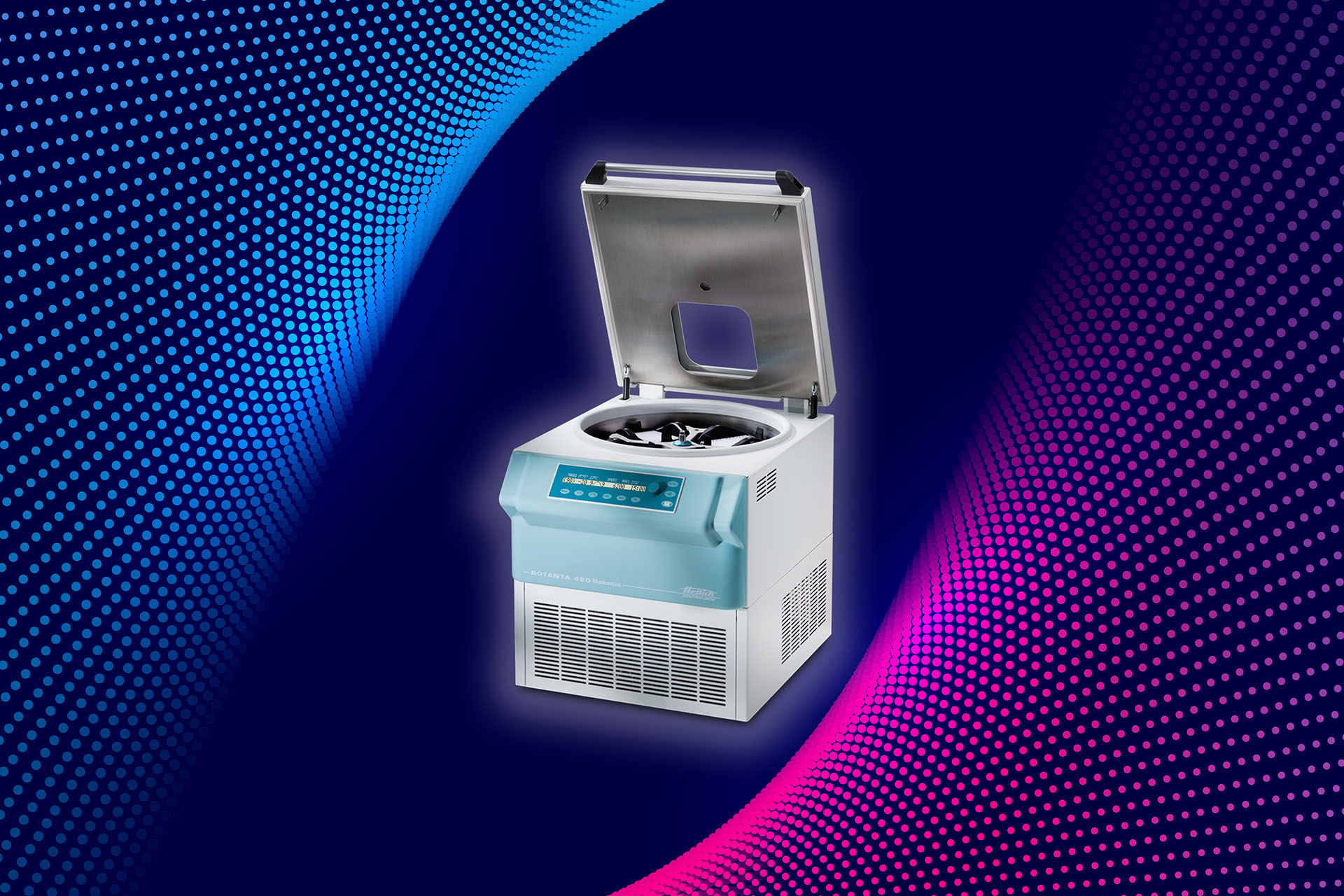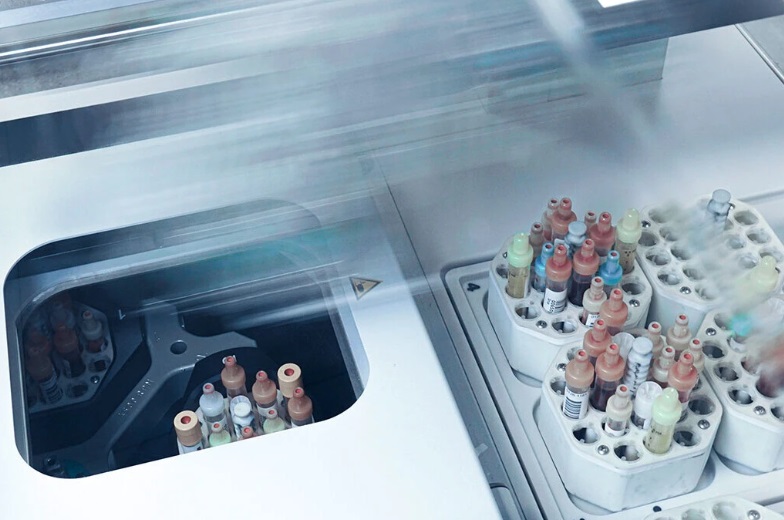It is vitally important to ensure that laboratory equipment is properly disinfected. By properly disinfecting your medical devices, you minimise the risk of inadvertently infecting the user and/or service engineer. However, it can be very confusing knowing which disinfectant to use. There are a wide range of different disinfectants in the market. Luckily, Henderson Biomedical are here to point you in the right direction.
Disinfect or sterilise?
Before you decide on which disinfectant to use, you need to decide on whether you want to disinfect the piece of laboratory equipment or whether you want to completely sterilise it. But what is the difference?
Disinfecting means that you are eliminating virtually all pathogenic organisms on the surface of the equipment, thus bringing contamination down to a safe level for humans.
Sterilising is where you eliminate all microbial life including bacterial endospores. Sterilisation is normally used for surgical instruments as these will come into contact with open wounds on a patient. Disinfection is usually suitable for routine laboratory work in say a safety cabinet or a centrifuge and is carried out at regular intervals.
Important factors to consider when choosing a disinfectant
So, you have decided that you will be disinfecting and not sterilising your equipment. When you are choosing a disinfectant, it is important to consider the type of organism which is likely to breed on the surface of your equipment. You should tailor the type of disinfectant to bacteria. Your supplier of disinfectants should be able to offer you sound advice on this.
Cost is another important factor that needs to be taken into consideration when choosing a disinfectant. You have to consider how often you will be disinfecting the equipment and work out the yearly cost. If the disinfectant is intended for daily use, you don’t want to be using something too expensive as long term, this can bust the budget.
You also need to consider the ease of use. Most disinfectants are available in liquid form. However, some involve mixing different liquid parts and others require the user to dissolve tablets in water. Take into account who is doing the disinfecting and how easy it will be for them to carry out this procedure with the chemicals supplied.
Finally, you should consider the item the type of equipment that needs to be disinfected. Some equipment is very sensitive to certain chemicals. For example, some harsher disinfectants will attack the plastics or paintwork on some devices. To avoid this, always read the instructions beforehand as there will be advice on what surfaces the disinfectant can’t be used on.
Types of disinfectant
Let’s take a look at the five main types of disinfectant widely used in hospitals and other clinical settings:
Chlorine
Chlorine is widely available and present in a broad range of different disinfectants including household bleach. Chlorine is an alkaline and can be highly corrosive on metals. With chlorine based disinfectants, it is important to ensure that the container is properly closed. This is because if it is left open, it can omit chlorine gas (particularly when the room temperature is high) and thus weaken the potency of the disinfectant.
It is important to remember that the solution also has a shelf life. Undiluted chlorine (better known as bleach), will last for a year if kept in its original container at room temperature.
When diluting chlorine, you should aim for ratio of 1:10 mixed with water. To increase the efficiency of the solution against spores, you can add a small amount of distilled white cooking vinegar. However, this should be done AFTER you have diluted it in water. This is because undiluted chlorine, when mixed with acids such as vinegar will release chlorine gas which is dangerous to health.
Phenolic compounds
Phenolic compounds are excellent in fighting against vegetative bacteria and lipid containing viruses. They can also be effective against mycobacteria. However, they are not effective against spores and poor water quality can be detrimental to its effectiveness. By this we mean that some phenolic compounds may be inactivated by hard water and so should instead be diluted with distilled or deionised water.
Quaternary ammonium compounds
Quaternary ammonium compounds show very good activity against some vegetative bacteria and lipid containing viruses. It is for this reason that they are often mixed with other solutions such as alcohol to increase effectiveness. These types of disinfectants, if properly diluted, have a low odour and are a non-irritant.
Alcohols
Alcohol based disinfectants are very effective against vegetative bacteria, fungi and viruses containing lipids. However, they are not so effective against spores. A major advantage of using alcohol based solutions is that they do not leave any residue on the equipment when cleaning. However, they may also harden rubber and dissolve certain types of glue.
Iodine and Iodophors
Iodine and iodophors are excellent antiseptics. They can be used as surgical scrubs and as a preoperative skin antiseptic. However, iodine is not suitable as a disinfectant for laboratory equipment because it can stain surfaces. Furthermore, it can damage aluminium and copper surfaces. Therefore, it is best to avoid these types of solutions when disinfecting laboratory equipment.
Safety first
Once you have chosen which type of disinfectant to use, you should ensure that correct safety protocols are carried out.
You should always ready the label and the safety guidance that comes with the disinfectant. You should also obtain a copy of the Material Safety Data Sheet (MSDS) from the manufacturer. This should be kept in a folder which is accessible to all. Each disinfectant should then be labelled with a number which corresponds to the MSDS. This way, if a user has an allergic reaction or an accident with one of the disinfectants, any member of staff can easily access the MSDS for guidance.
Ideally, all disinfectants should be stored in one place. This place should be cool, dry and away from direct sunlight. The lids of disinfectants should be properly closed and any spillages should be cleaned up immediately. When storing chlorine based disinfectants, you should ensure that the area is well ventilated as chlorine gas is highly toxic. Gloves should be used when using alcohol (ethanol) based disinfectants as it can dry the skin.
All users should be trained on how to use the disinfectant and appropriate PPE should always be worn. Furthermore, all laboratory equipment should be properly disinfected before an engineer comes to service, repair or calibrate your equipment. You can download our Declaration of Decontamination, which can provide assurances to the service engineer.
Further help and advice
For more detailed advice on this subject, you can contact suppliers of disinfectants such as SLS or Fisher Scientific. Your supplier of disinfectant will also be able to offer guidance on best practices when it comes to decontamination protocols.


